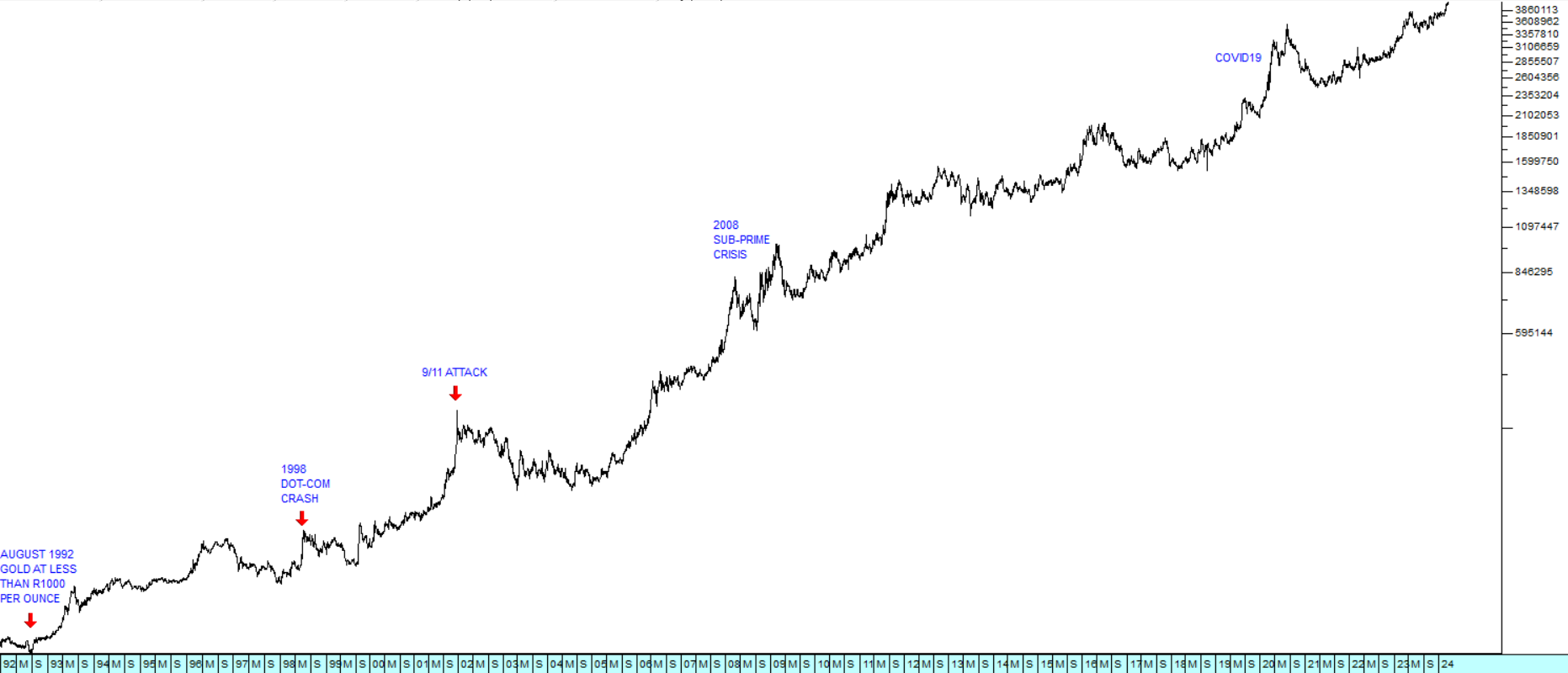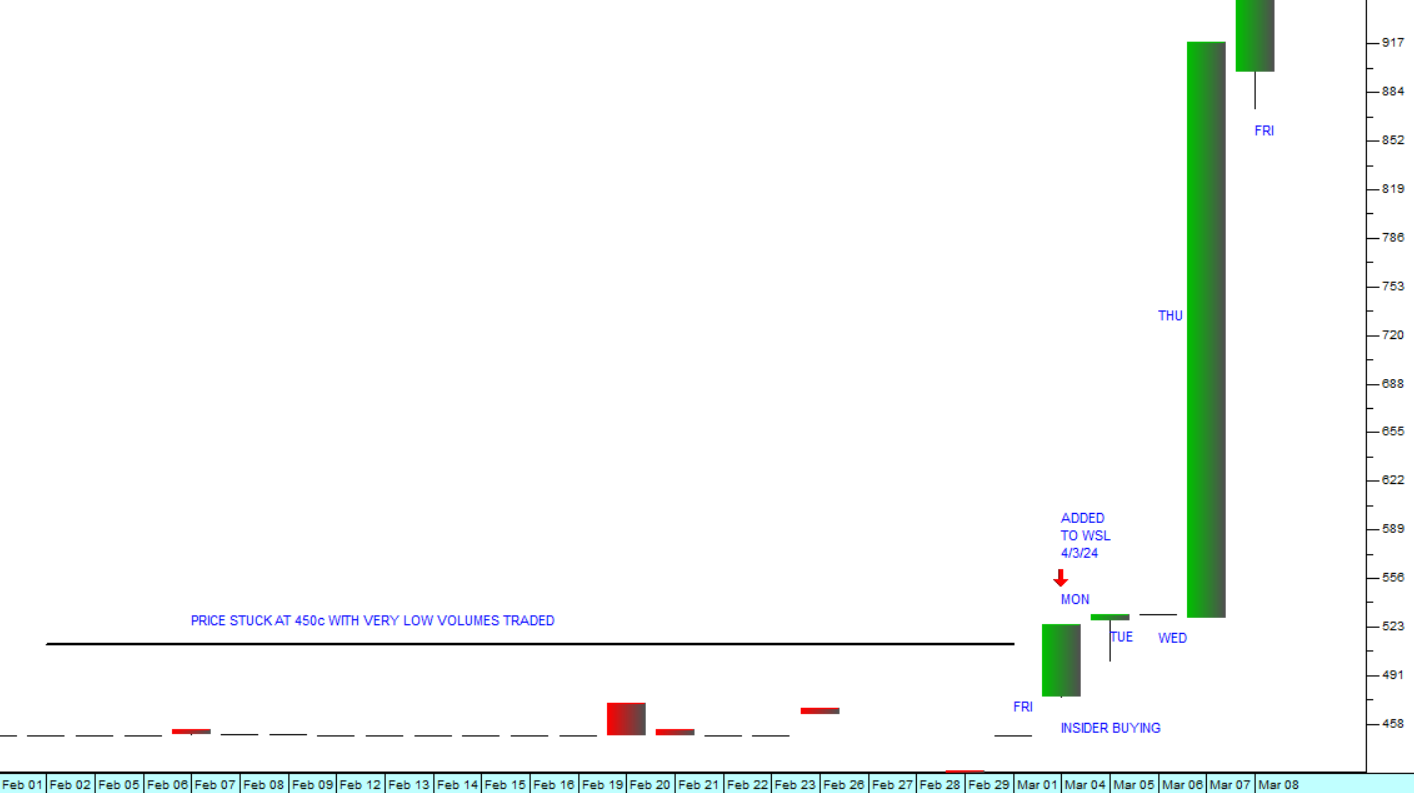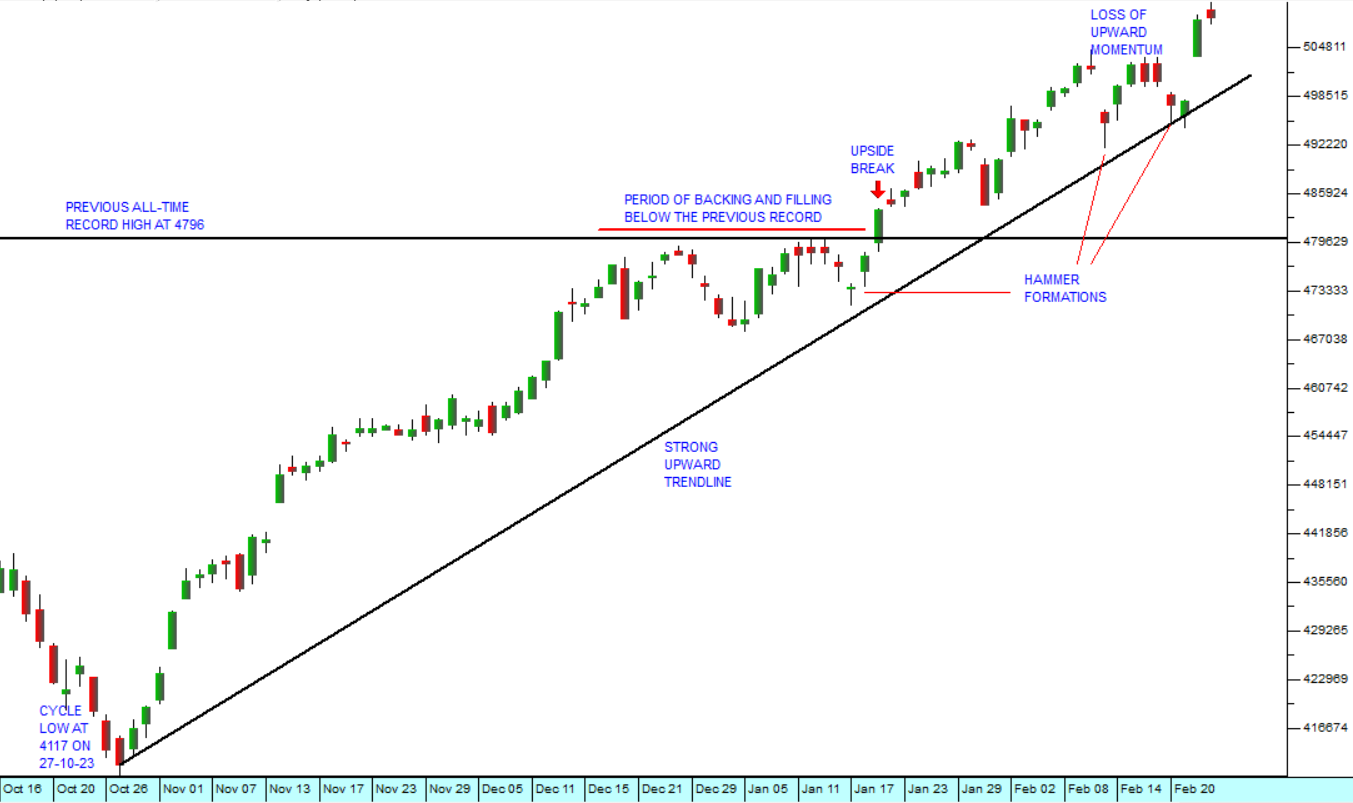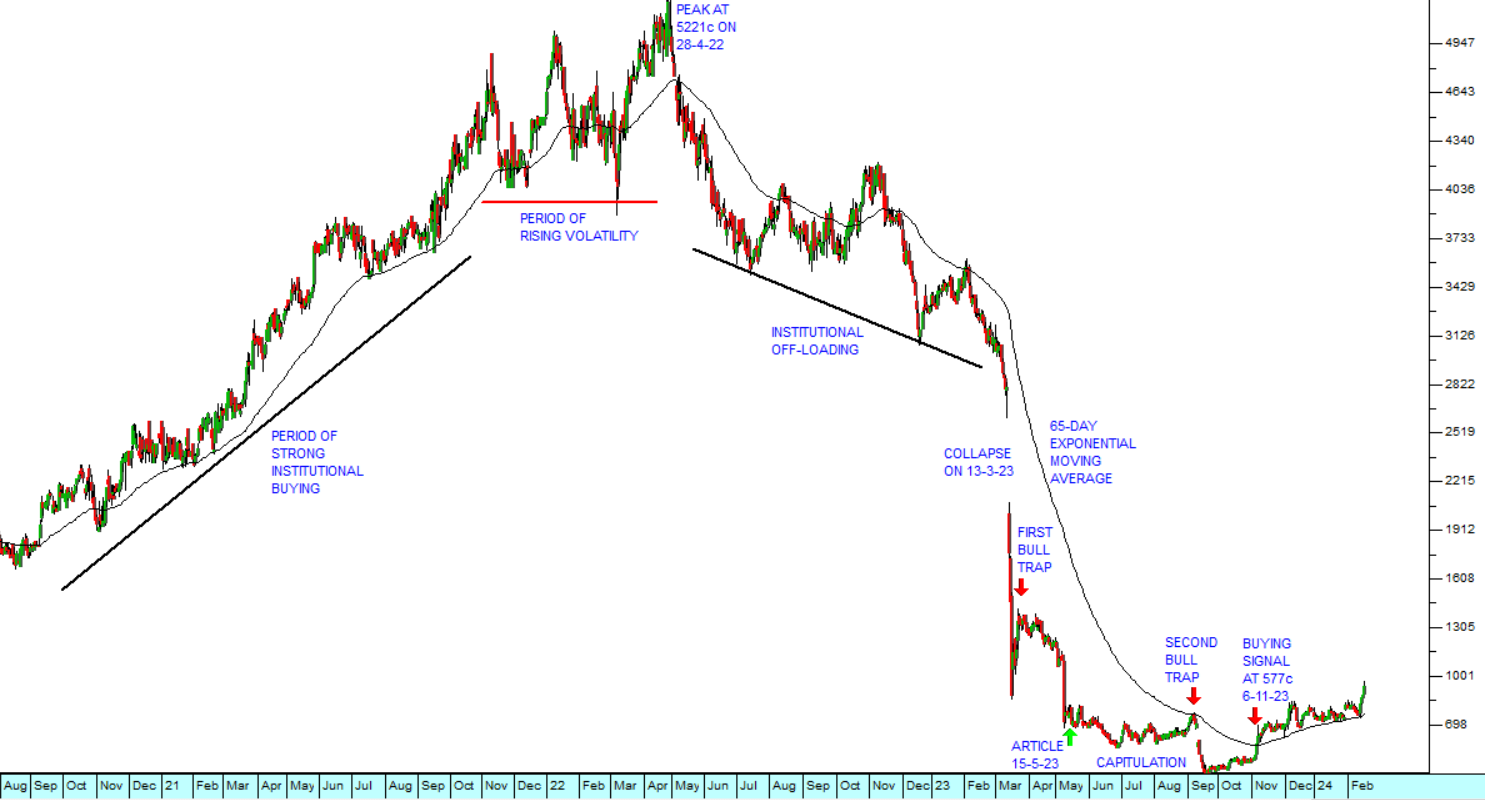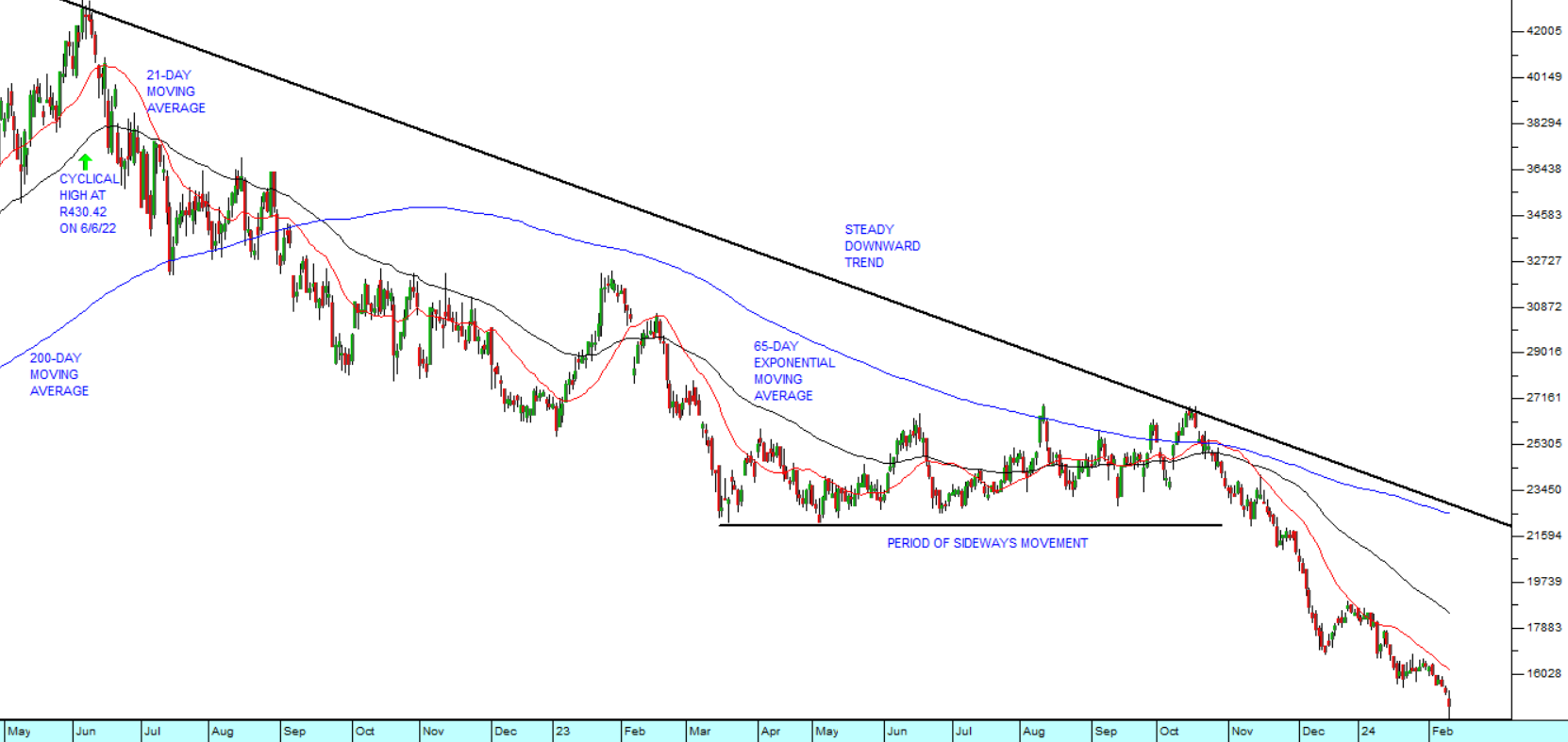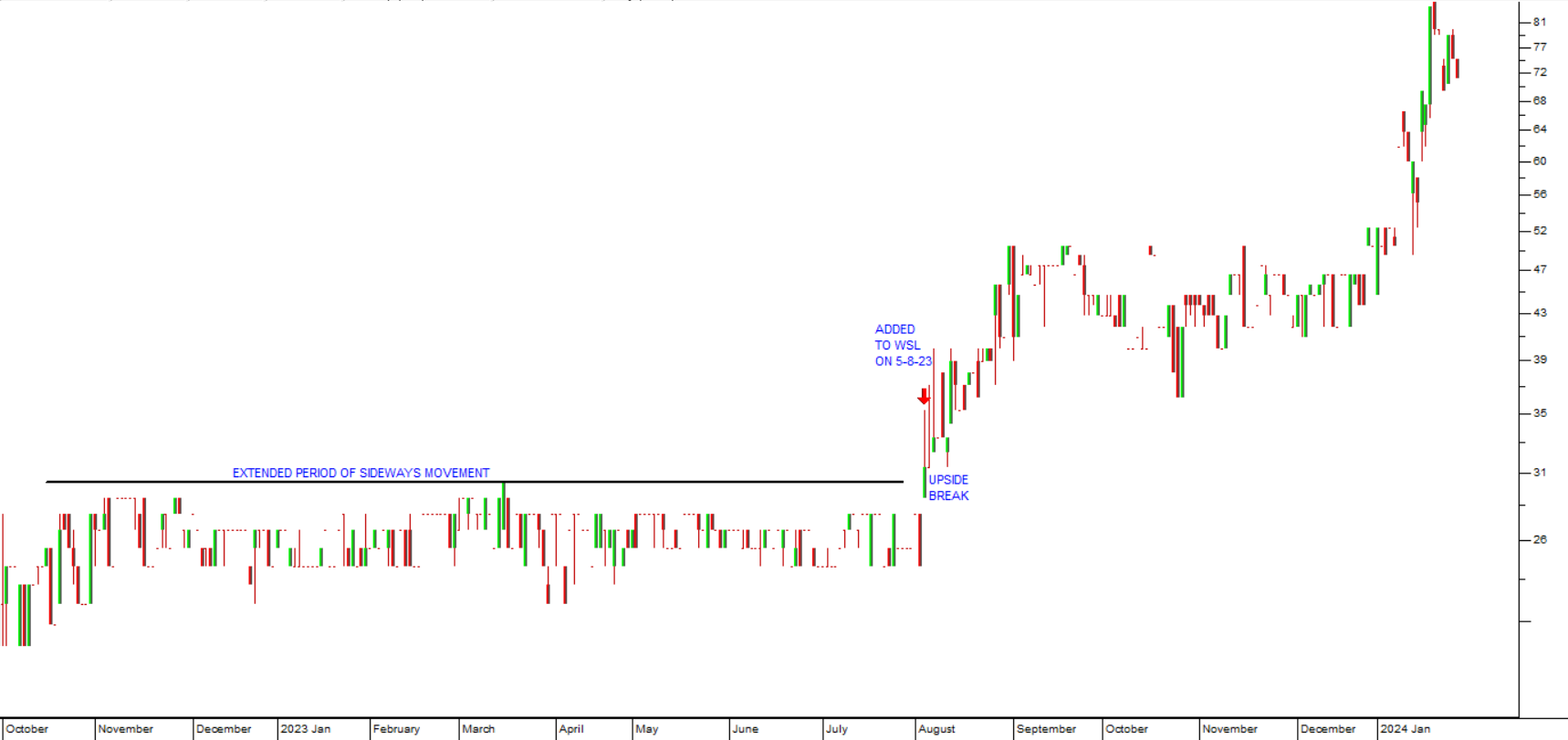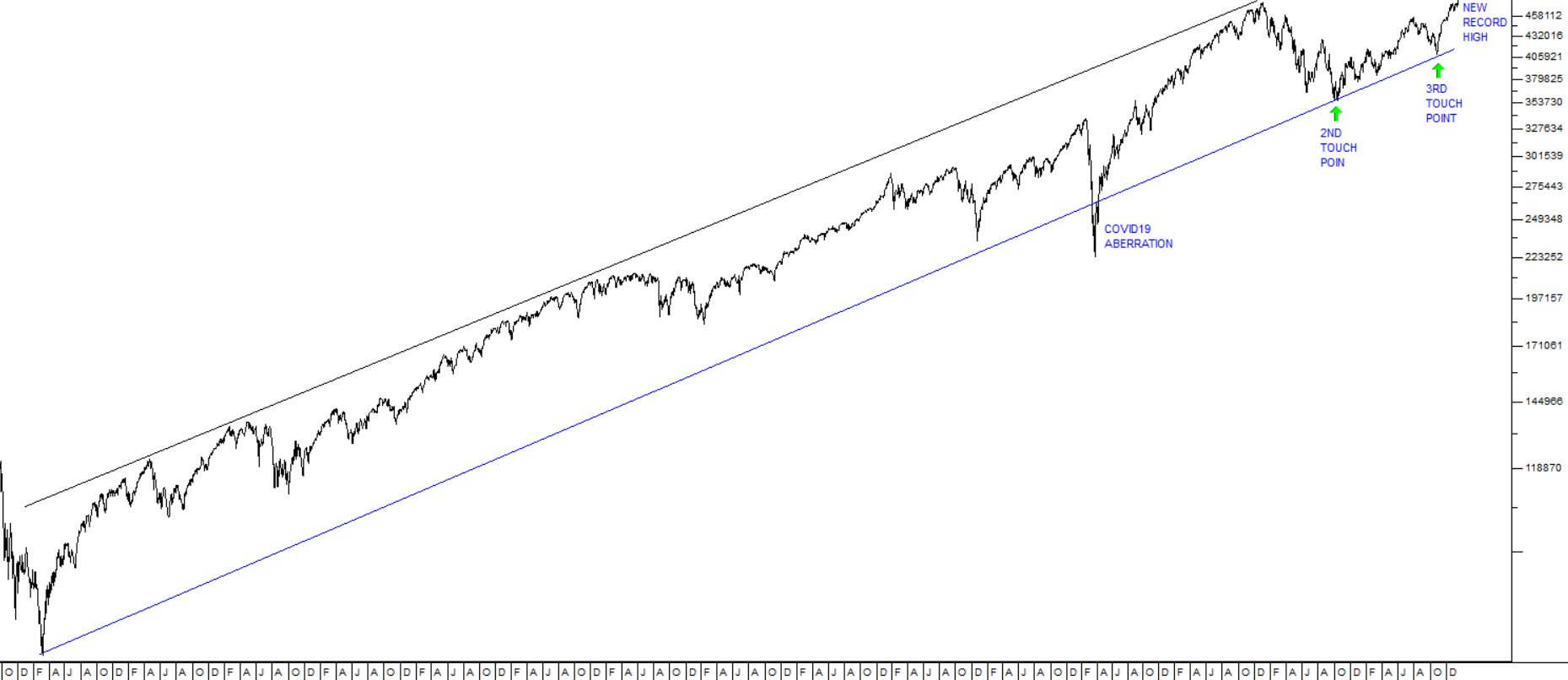Picking Winners - Orion Minerals
6 November 2017 By PDSNETOne of the private investor’s biggest problems is selecting the right share. Out of the 400-odd shares listed on the JSE, how can you find those which will perform better – especially those which can offer a good capital gain?
Obviously, there are many different methods of finding winning shares, but the purpose of this article is to draw your attention to just one method which you may not have considered – looking at shares which are making new highs. A new high for a newly listed company is defined by the highest price since it was listed. For a share which has been listed for some time, it is defined as the highest price in the last six months.
Often, when a share falls, it does so for a reason which is not immediately known to the investing public – the same applies to shares which suddenly begin to rise sharply. This is particularly true for new listings which the investing public is generally unfamiliar with. When a share makes a new high, it is often because insiders know something which they are seeking to capitalise on before it becomes generally known to the investment community.
This is true for all shares, but it is especially true for so-called “penny stocks” (which are shares trading for less than 100c). These are usually much smaller companies trading on the Alt-X and not attracting the attention of institutional fund managers (because they are just too small). Their small size makes them much more risky and potentially much more profitable.
A share which closes the highest price that it has been at for the last six months is being bought up by somebody – and usually, that person has the inside track on a development which will materially improve that company’s profitability and share price – otherwise, why are they buying? They want to buy up the shares before the price gets too high or the information becomes generally known.
The best way to illustrate this is with an example. Recently, a share called Orion Minerals (ORN) listed on the JSE. For the first ten days it changed hands at 24c a share with an average daily volume of just over 20 000 shares traded each day. Then suddenly on the 12th day after it listed (on 6th October 2017), a massive 766 000 shares changed hands. This was followed the next day by a 1c rise in the price to 25c and a further 722 000 changing hands. This, of course, triggered an immediate, sharp buy signal on the On Balance Volume (OBV) indicator in your software.
The slight increase in price accompanied by the massively increased volumes was a clear indication that the “smart money” was mopping up all the loosely held shares available in the market. A few days later on 11th October 2017, 1,2 million shares changed hands at 26c. This should have been enough for any speculator to want to jump in. Had you done so, you would have been able to make an unbelievable 300% profit in less than a month since it closed on Friday last week at 105c.
I say “speculator” because this share was clearly highly risky on a number of fronts. Firstly, it is a new listing – which means that it is difficult to assess. Investors have not had much chance to assess its merits and decide what it is worth. Secondly, it mines zinc and copper near Prieska. Thirdly, it was very thinly traded to begin with – which obviously means that it might have been difficult to get out of if it triggered your stop.
Against all that is the massive profit which it offered to those who took the risk.
Consider the chart:

Orion Minerals (ORN) - Chart by ShareFriend Pro
So how would you have known to watch Orion? It is generally a good idea to watch all newly listed companies – at least until you become familiar with them and can see what the market is doing with them. They often represent good opportunities because the market takes a while to see their potential. Just remember that they are often the subject of stagging and they can be difficult to assess, because there is not much information available. In the case of Orion, there was plenty of information published in your software under the Stock Exchange News Service (SENS) – and then, of course, there was the detail of the daily trading in the chart above. You don’t need to spot too many Orions to be highly successful.DISCLAIMER
All information and data contained within the PDSnet Articles is for informational purposes only. PDSnet makes no representations as to the accuracy, completeness, suitability, or validity, of any information, and shall not be liable for any errors, omissions, or any losses, injuries, or damages arising from its display or use. Information in the PDSnet Articles are based on the author’s opinion and experience and should not be considered professional financial investment advice. The ideas and strategies should never be used without first assessing your own personal and financial situation, or without consulting a financial professional. Thoughts and opinions will also change from time to time as more information is accumulated. PDSnet reserves the right to delete any comment or opinion for any reason.
Share this article:


